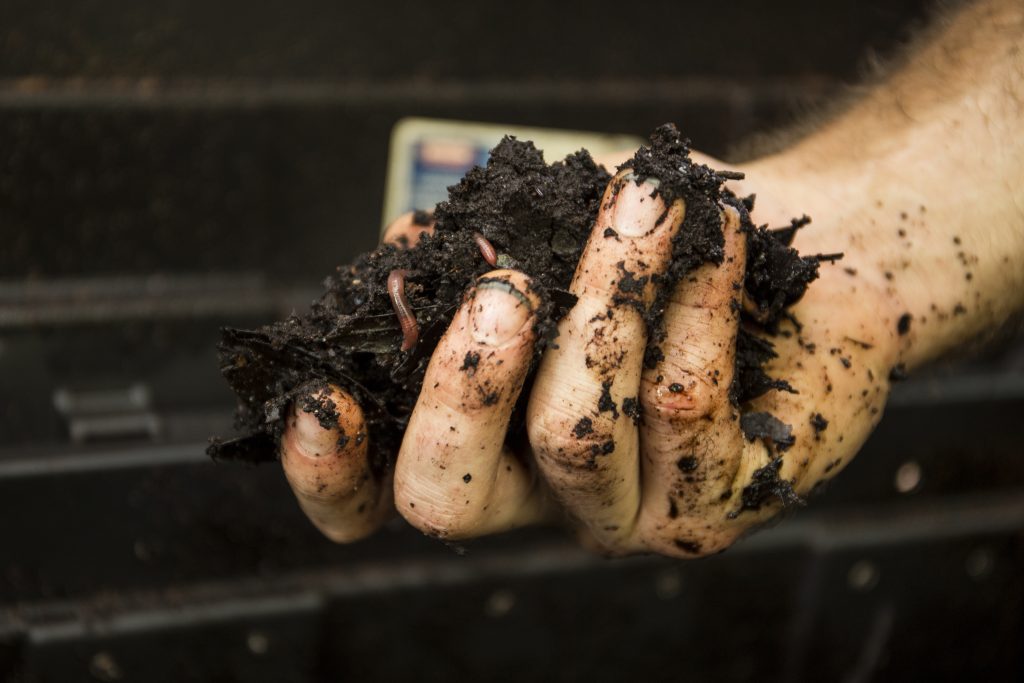Today is National Learn-About Composting Day! According to the USDA, food waste in the United States is estimated to be 30-40 percent of the country’s food supply. This adds up to approximately 133 billion pounds of food waste per year. In our everyday lives, we do not realize how this can impact our climate, the environment, and food security. Knowing how to effectively reduce food loss and waste could benefit yourself, your family, and the rest of the world now and overtime! A solution that you can start from home is building a compost bin. What can you compost? How can compost be used? Let’s dig a bit deeper and learn what about what compost actually is.

What exactly is compost? Compost, by the University of Florida’s definition, is a dark material created when micro-organisms break down organic matter over time. Organic matter consists of materials like leaves, kitchen scraps, and lawn clippings. These materials that make up organic matter will then break down on their own with the help of the mentioned micro-organisms and create what we know as compost. Compost can be used as a soil amendment in your garden or in your landscape, as it is packed with beneficial nutrients your plants will love! It will also improve the soil’s ability overtime to hold water and filter pollutants, which will reduce the need to irrigate your plants and save water. Compost makes nutrients more accessible to your plants and reduces soil erosion.
There are 2 categories of materials that can be composted: “greens” and “browns.” Green materials are high in nitrogen and brown materials are high in carbon. Examples of green materials are kitchen scraps such as eggshells, coffee grounds, fruits, vegetables, and tea bags, farm animal manure, and grass clippings that are free of weeds. Brown material examples are fallen leaves, twigs, shredded newspaper, cardboard, and paper products like napkins, paper plates, and paper towels. These both most be applied evenly in the compost bin in order to keep a natural balance of nitrogen to carbon ratio (C/N) for the organic matter to break down correctly. Having too much of one or the other can create problems in your compost bin such as excessive odor, animal or insect pests, or a “too cool” pile which means the compost pile’s temperature has dropped below 110 degrees Fahrenheit.

Composting is all about providing micro-organisms the basics (food, water, and oxygen) to start the process of decomposition. Your compost bin/structure will ensure the composting process runs smoothly. The bin will need to be constructed and placed in an area that is shaded and reachable by a hose. Compost bins must be a minimum of 3′ by 3′ by 3′ to retain and generate enough heat inside the compost pile. The quality of the bin structure does not have to be fancy or expensive to do it’s job; the size of your bin will determine how much compost you will use.
For more information on how to build and maintain a compost bin, please visit:
https://edis.ifas.ufl.edu/publication/EP323
https://edis.ifas.ufl.edu/publication/SS722
https://gardeningsolutions.ifas.ufl.edu/care/fertilizer/compost.html
 1
1
